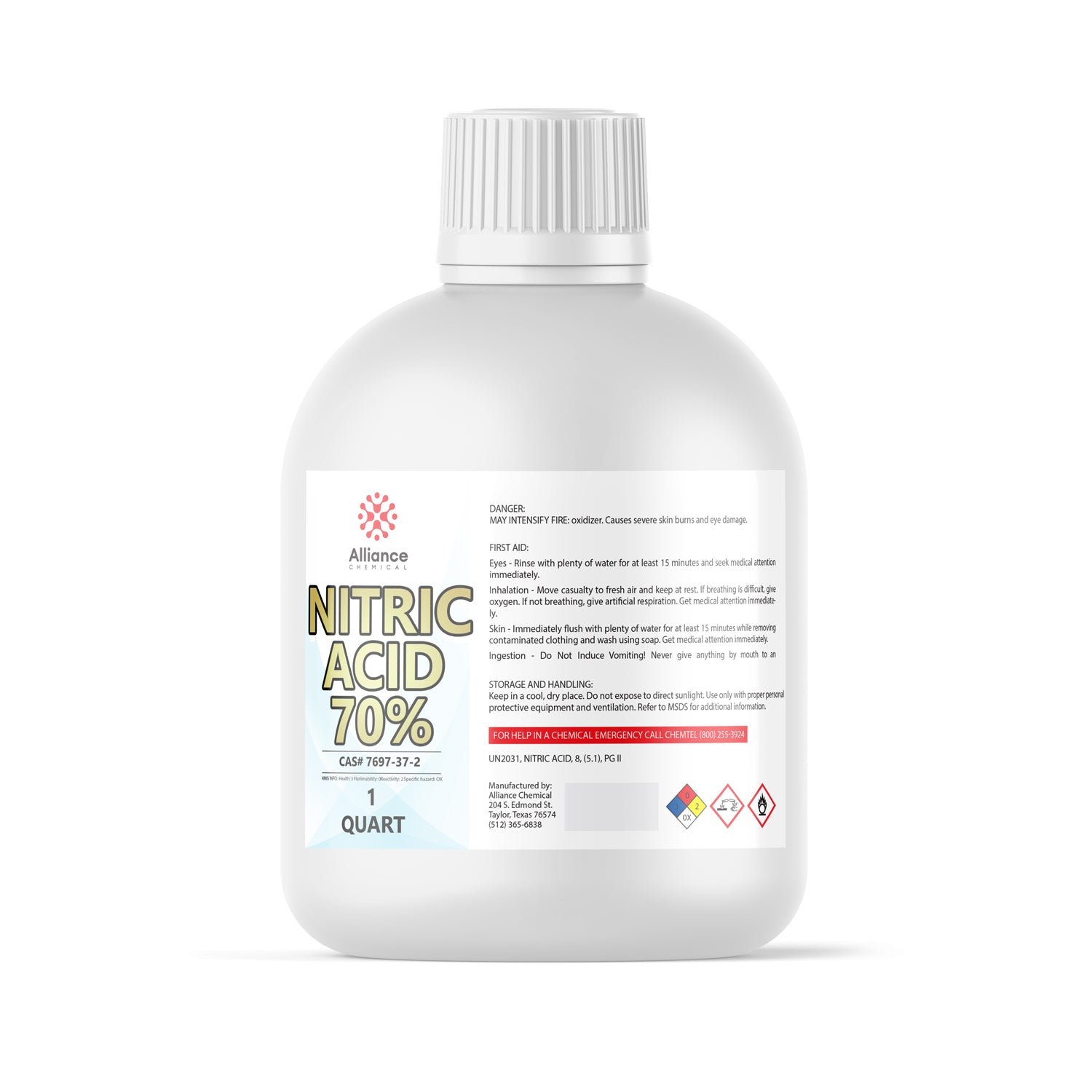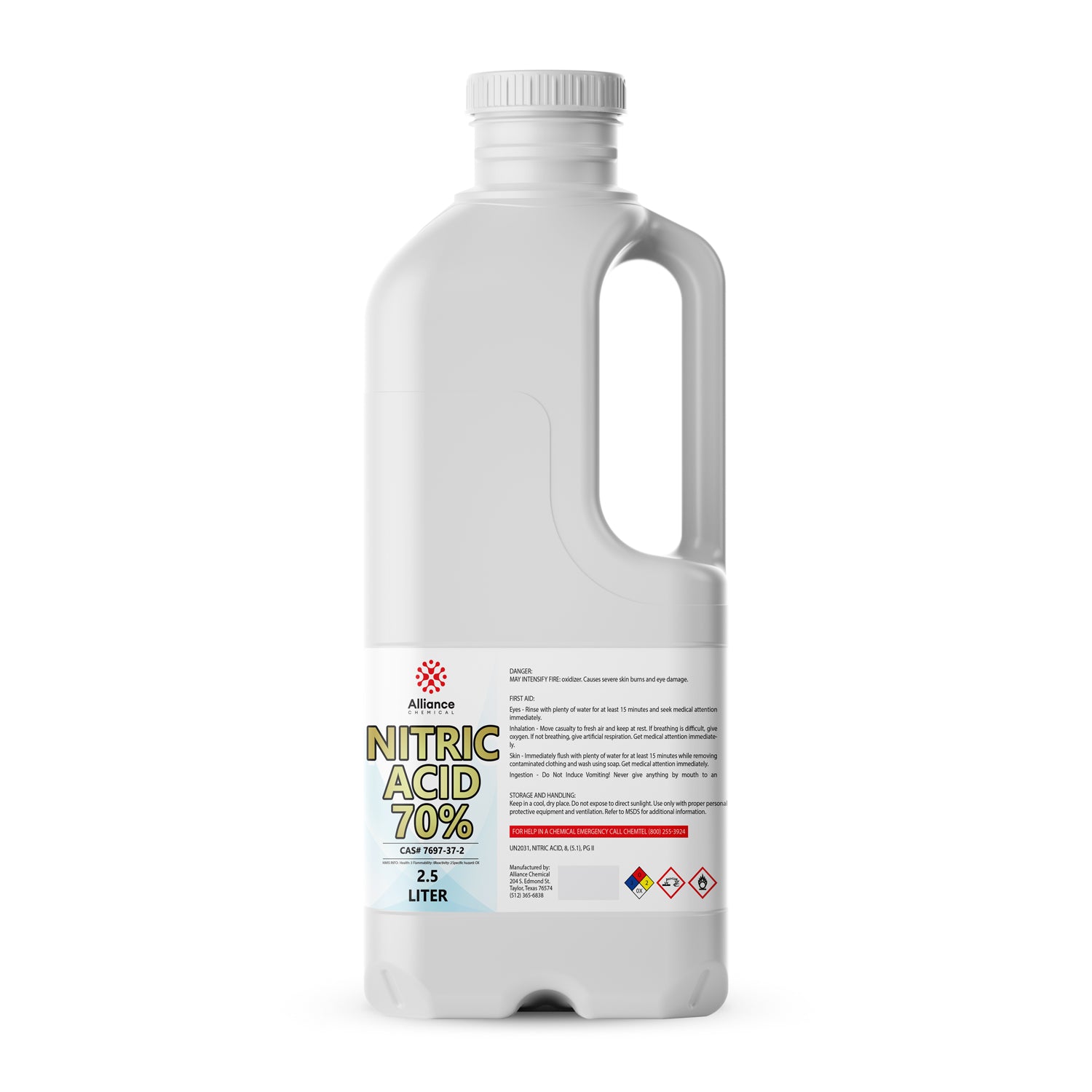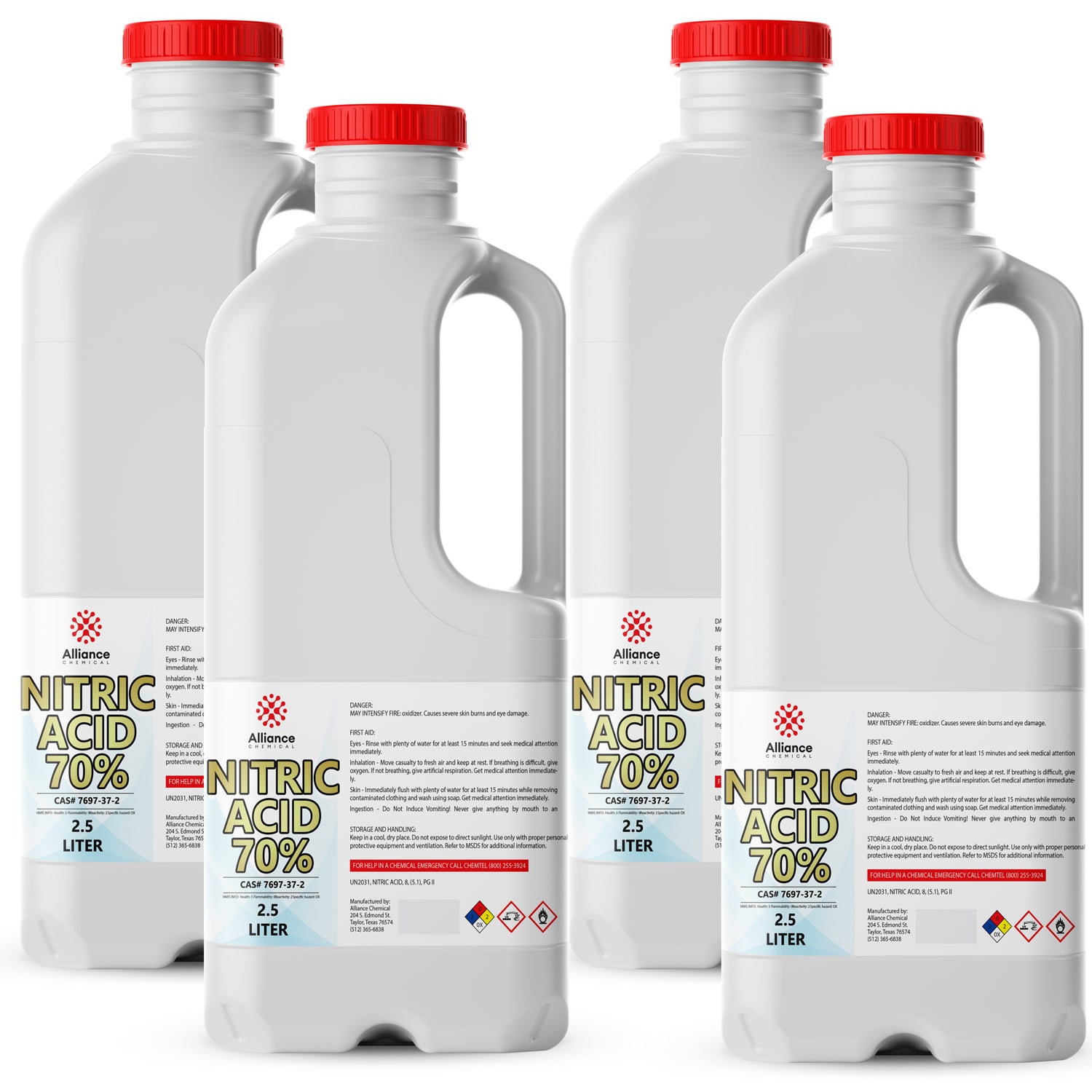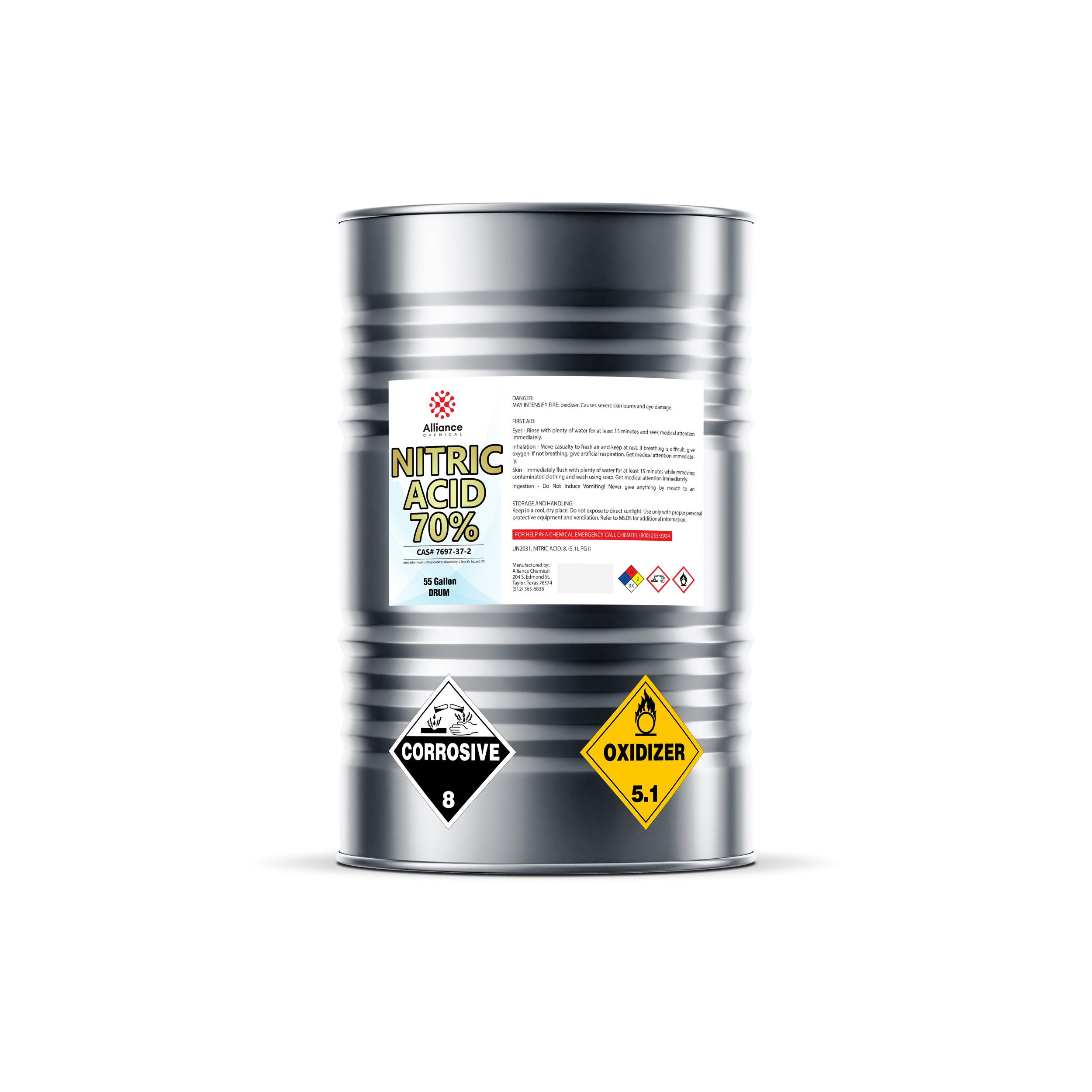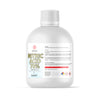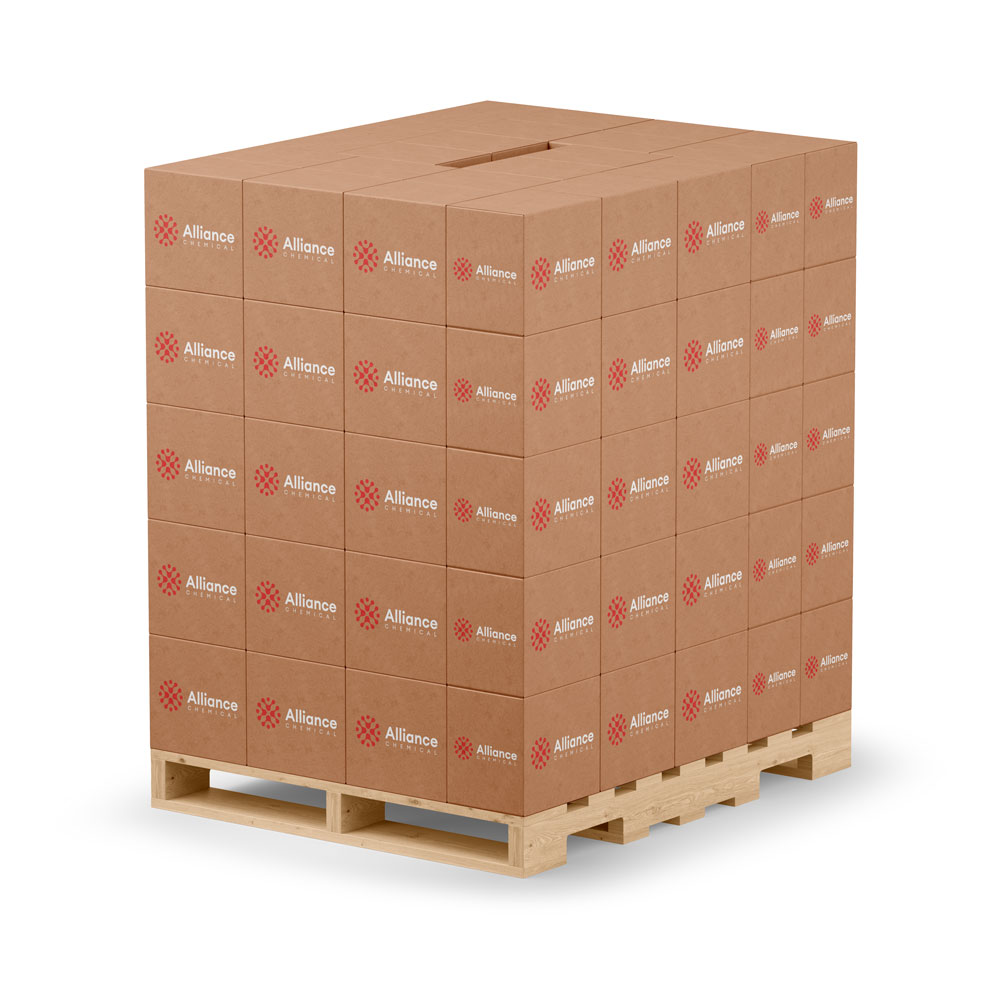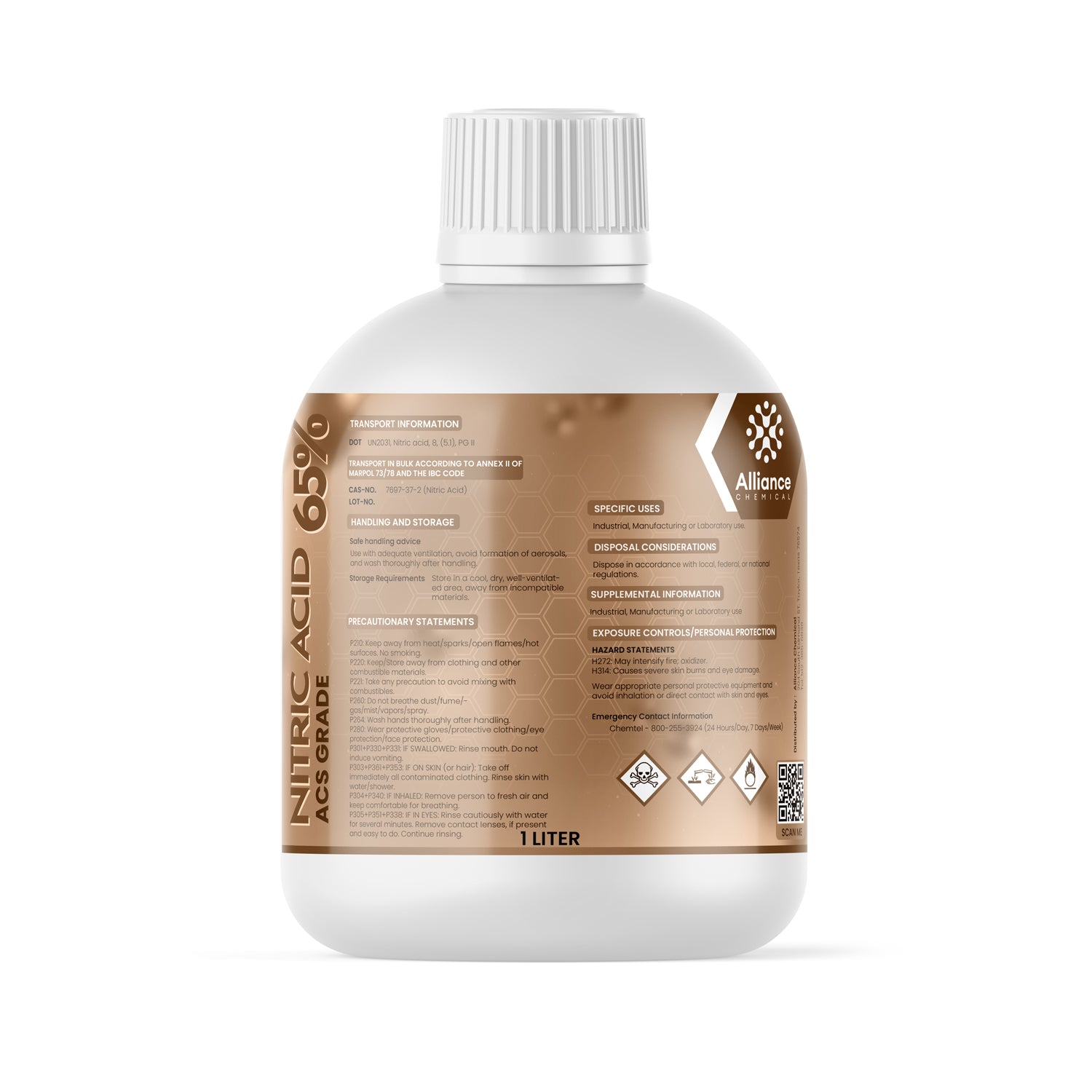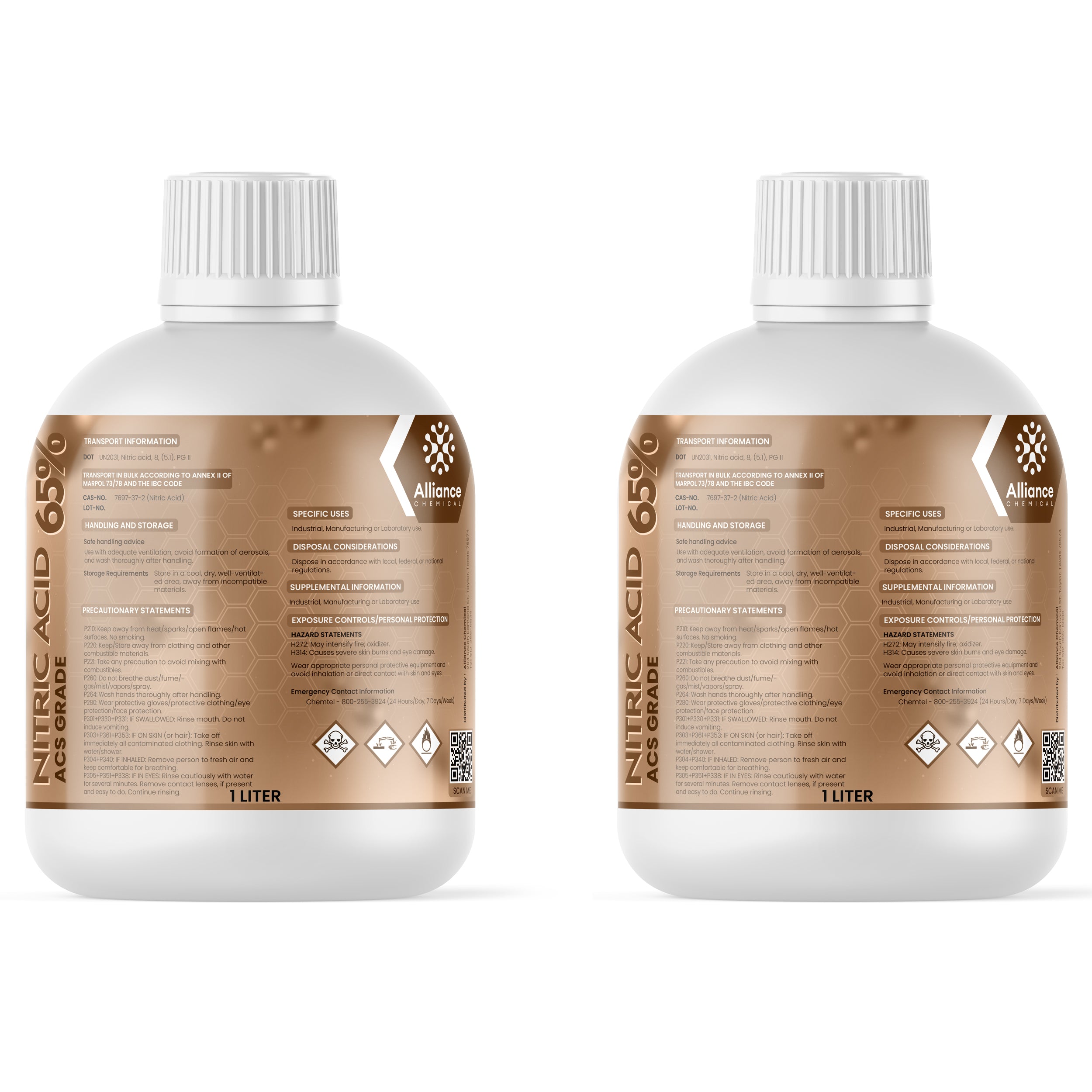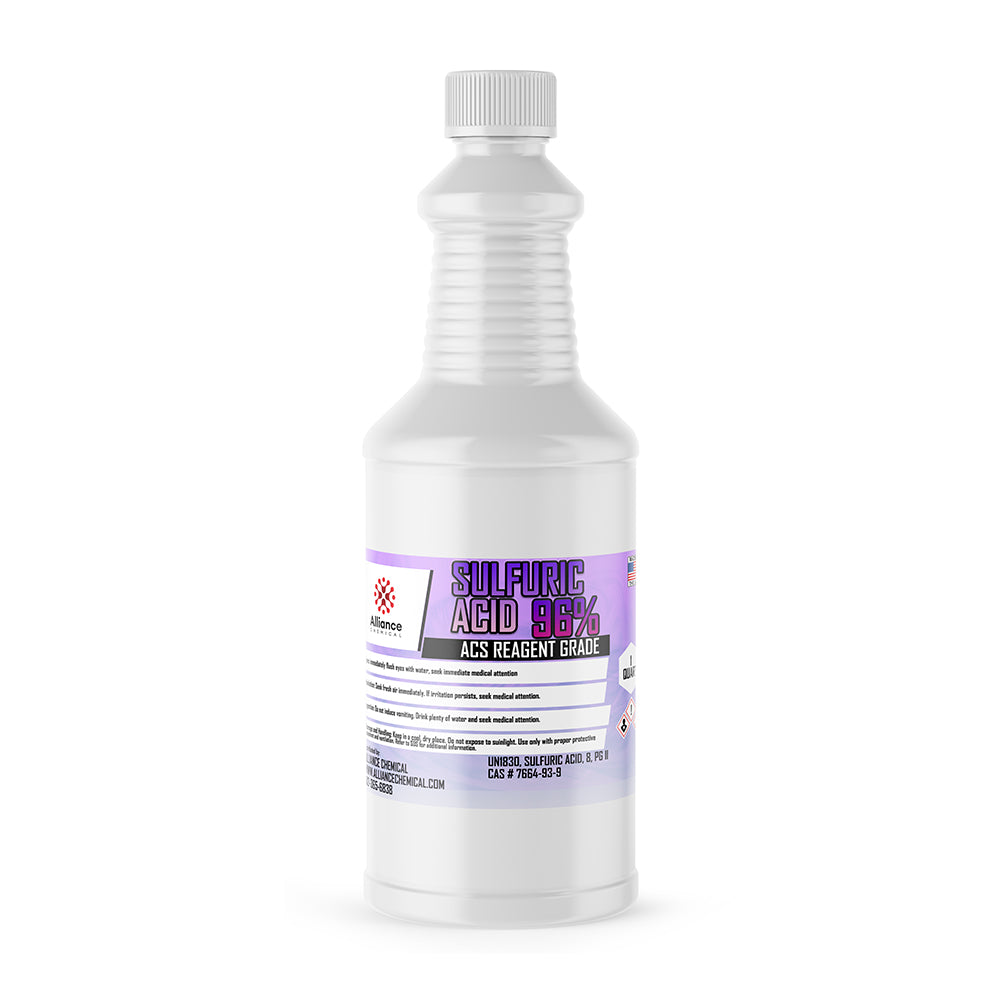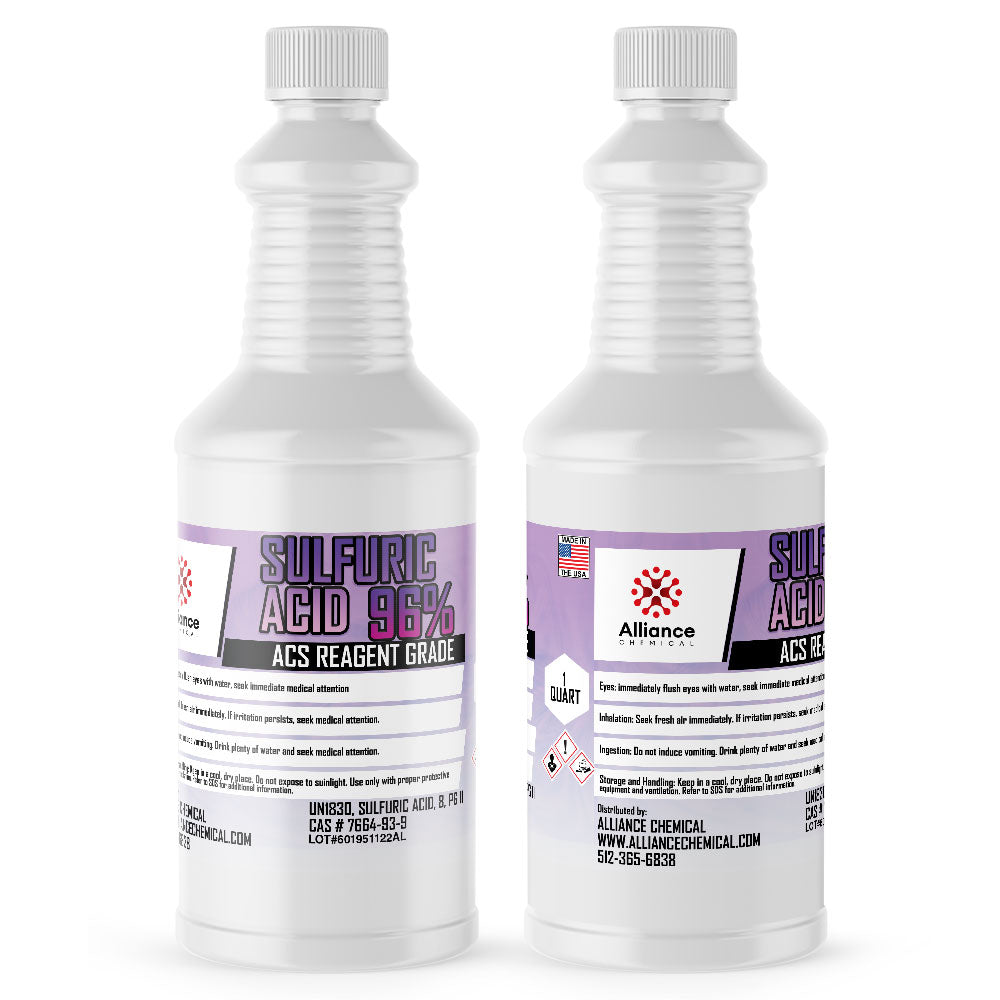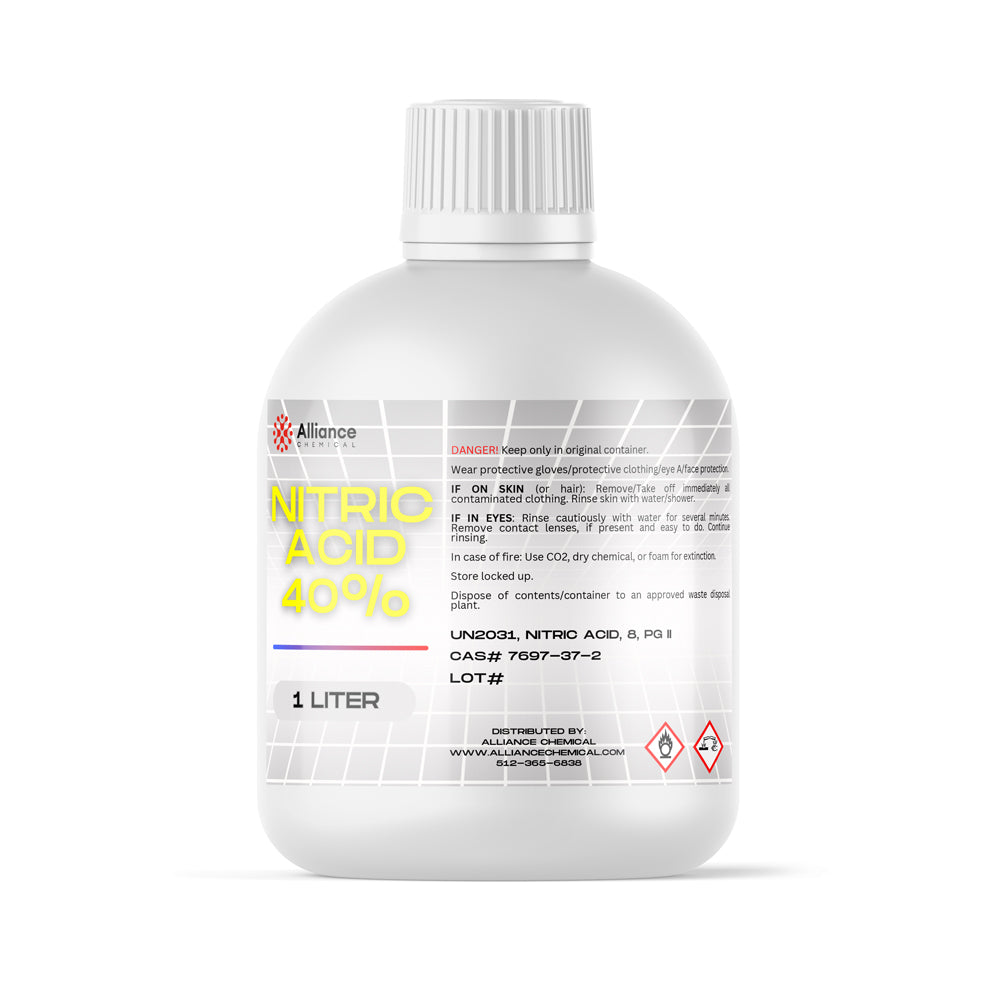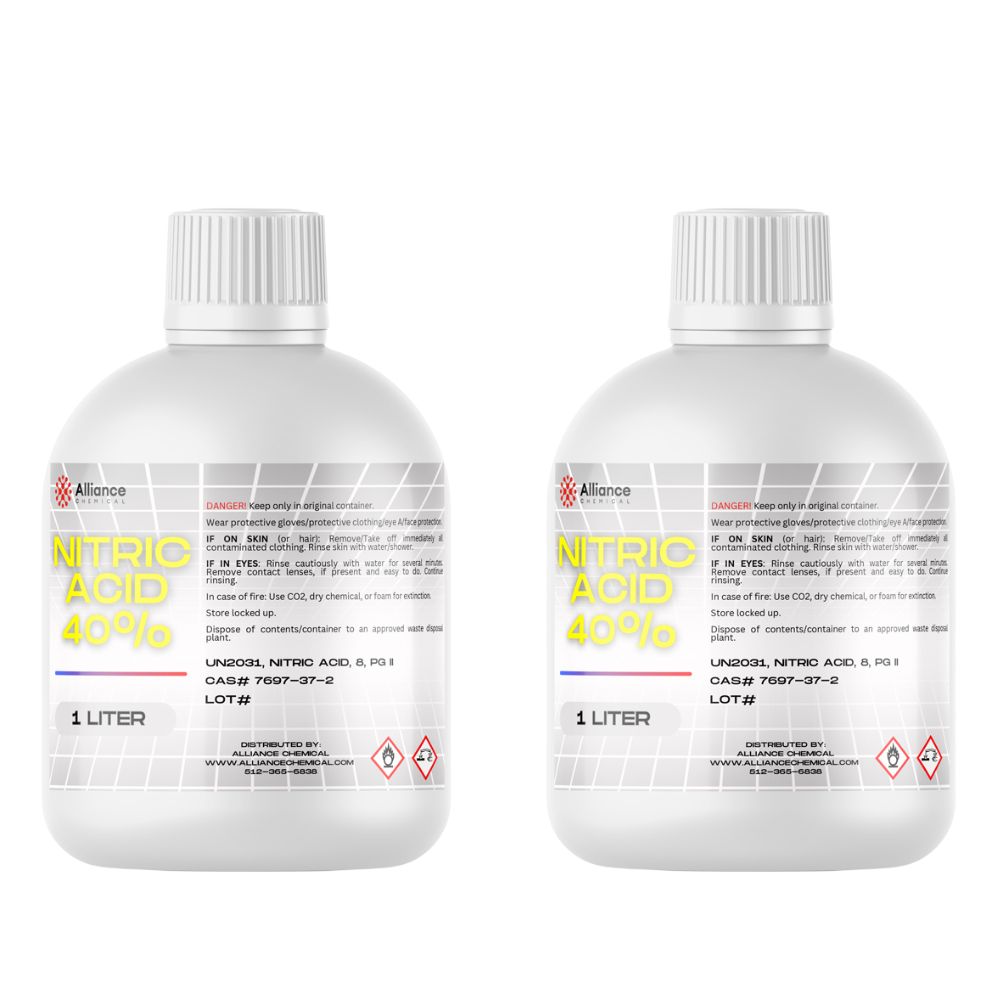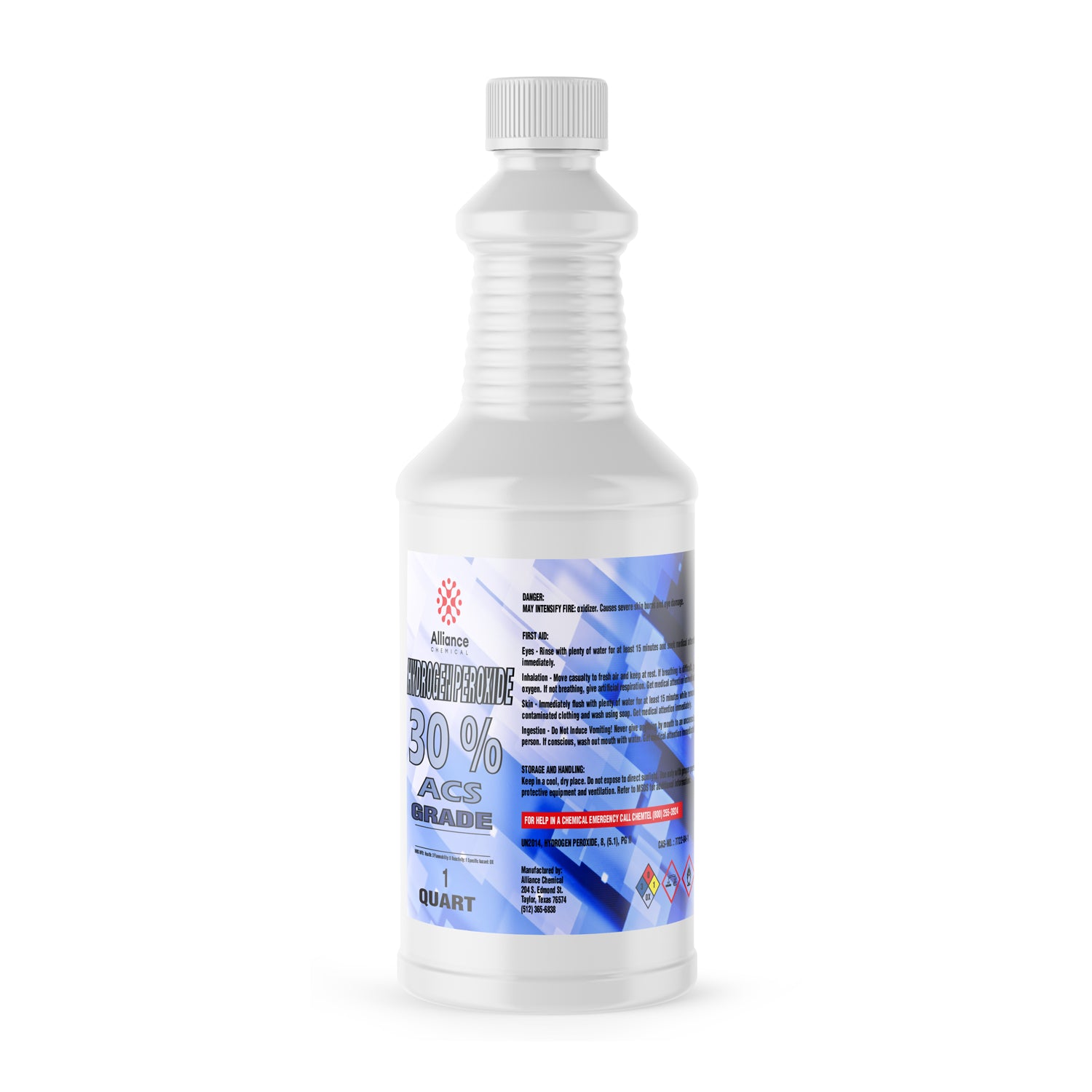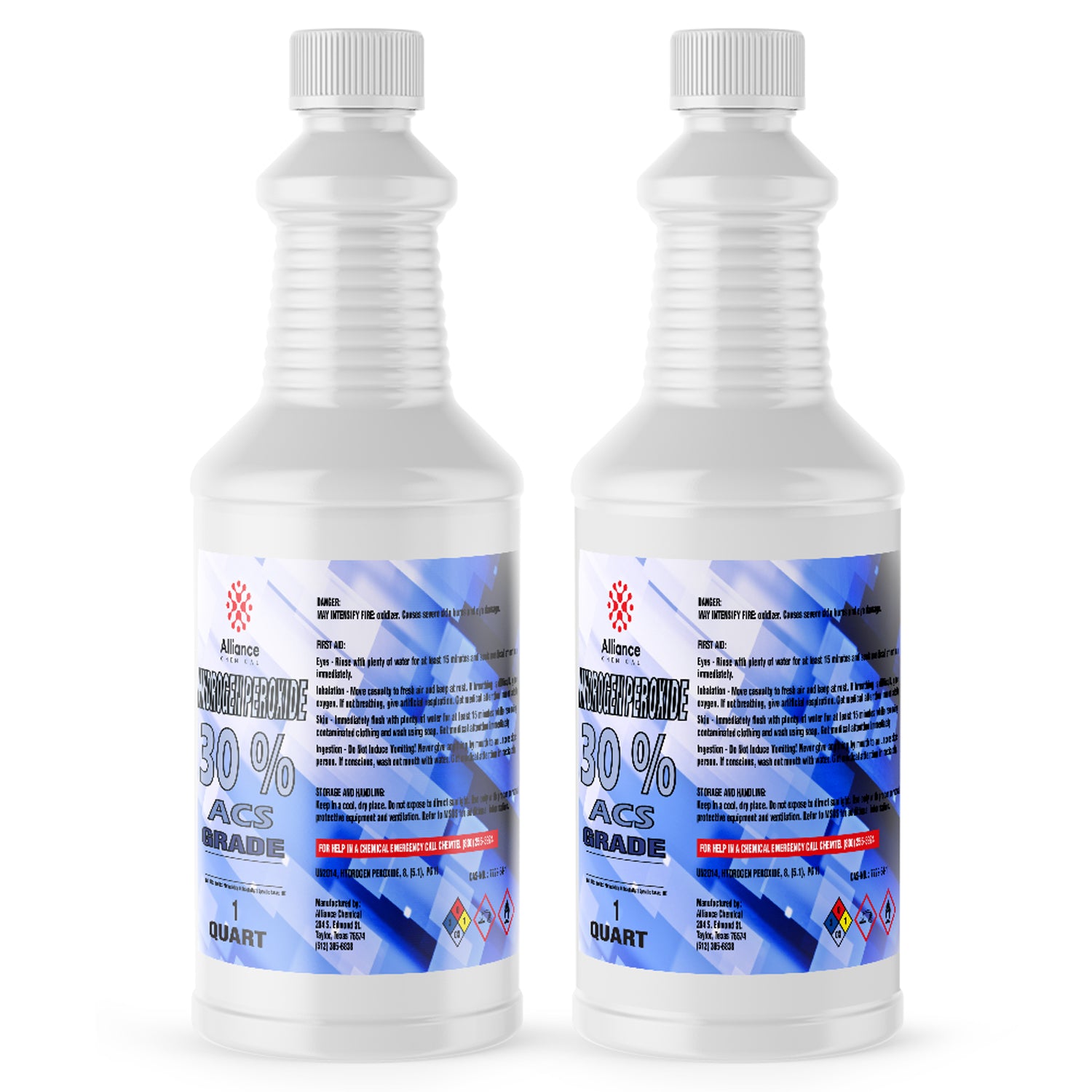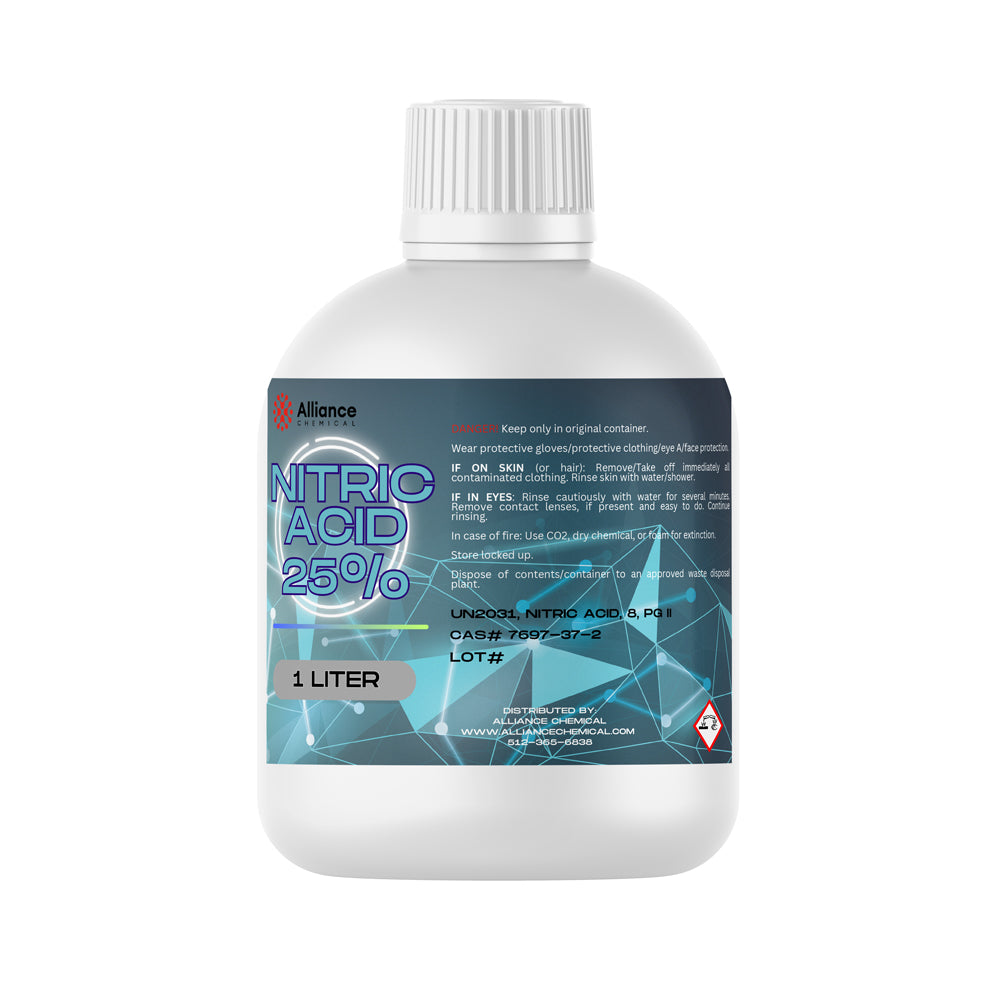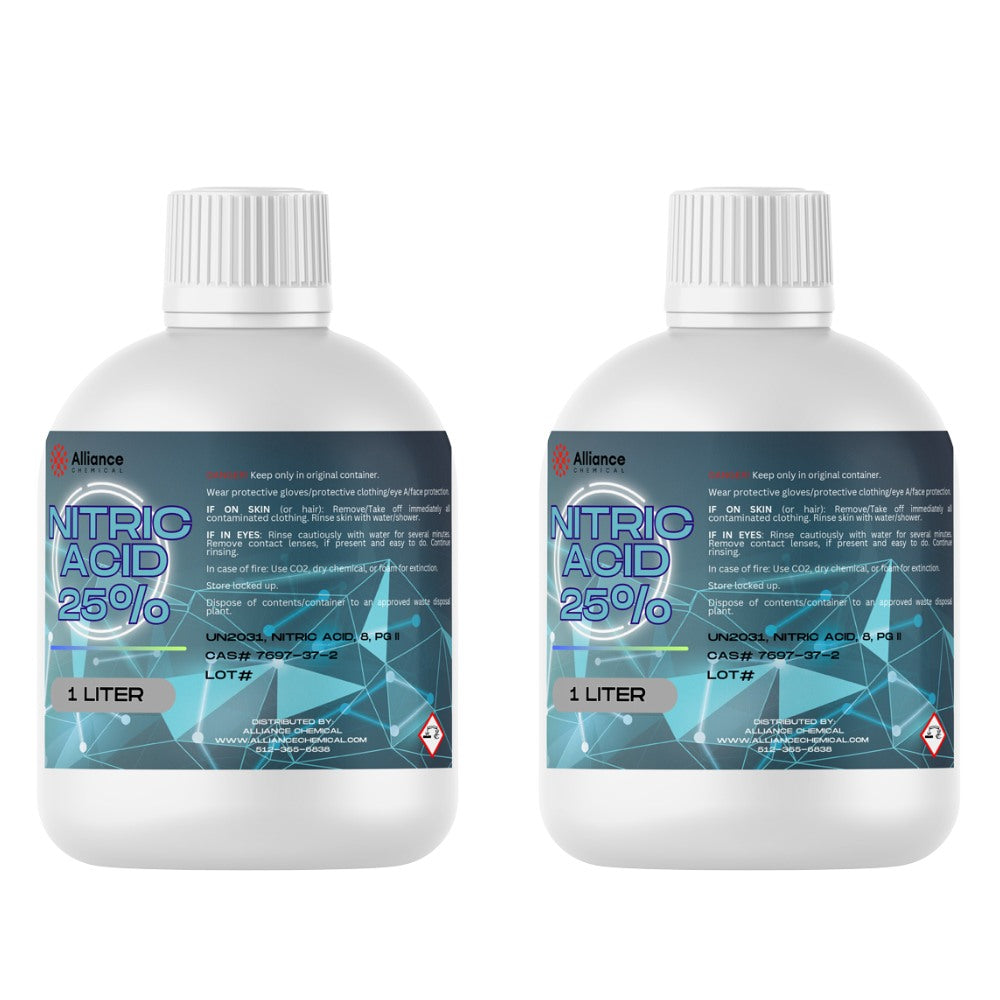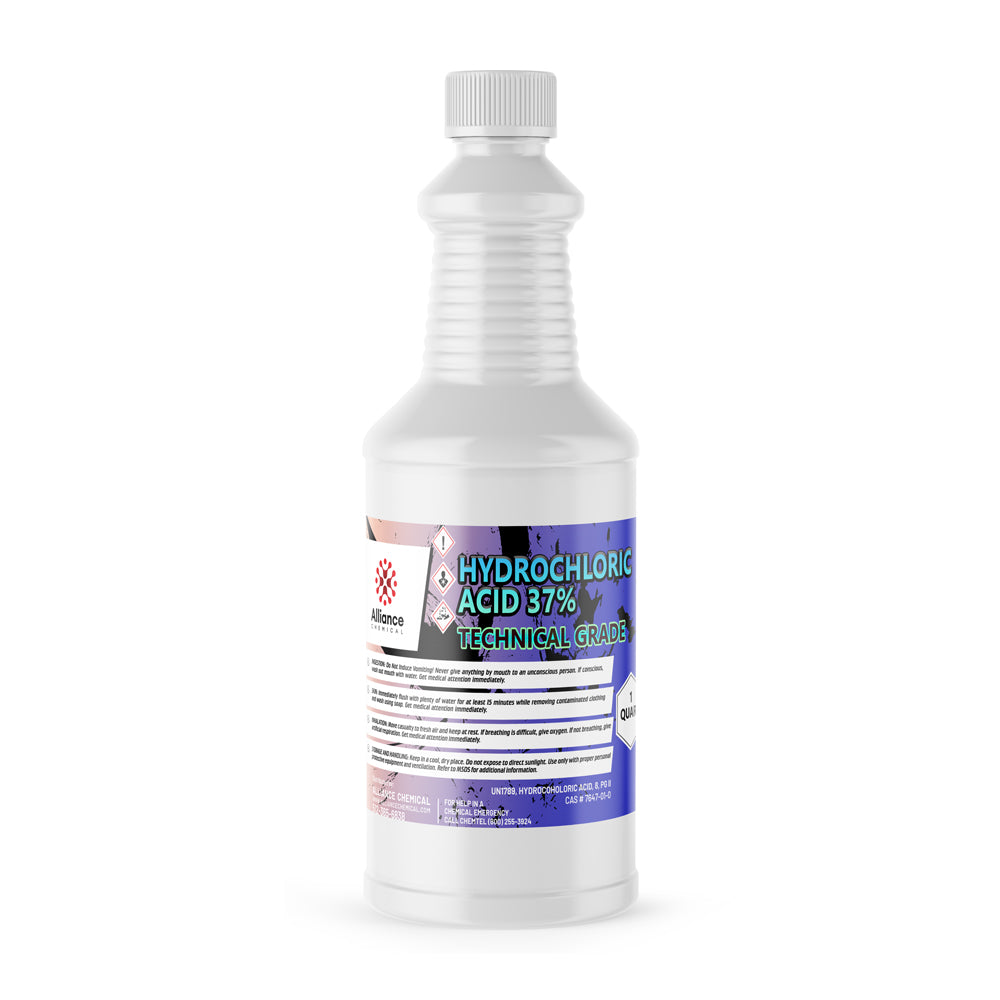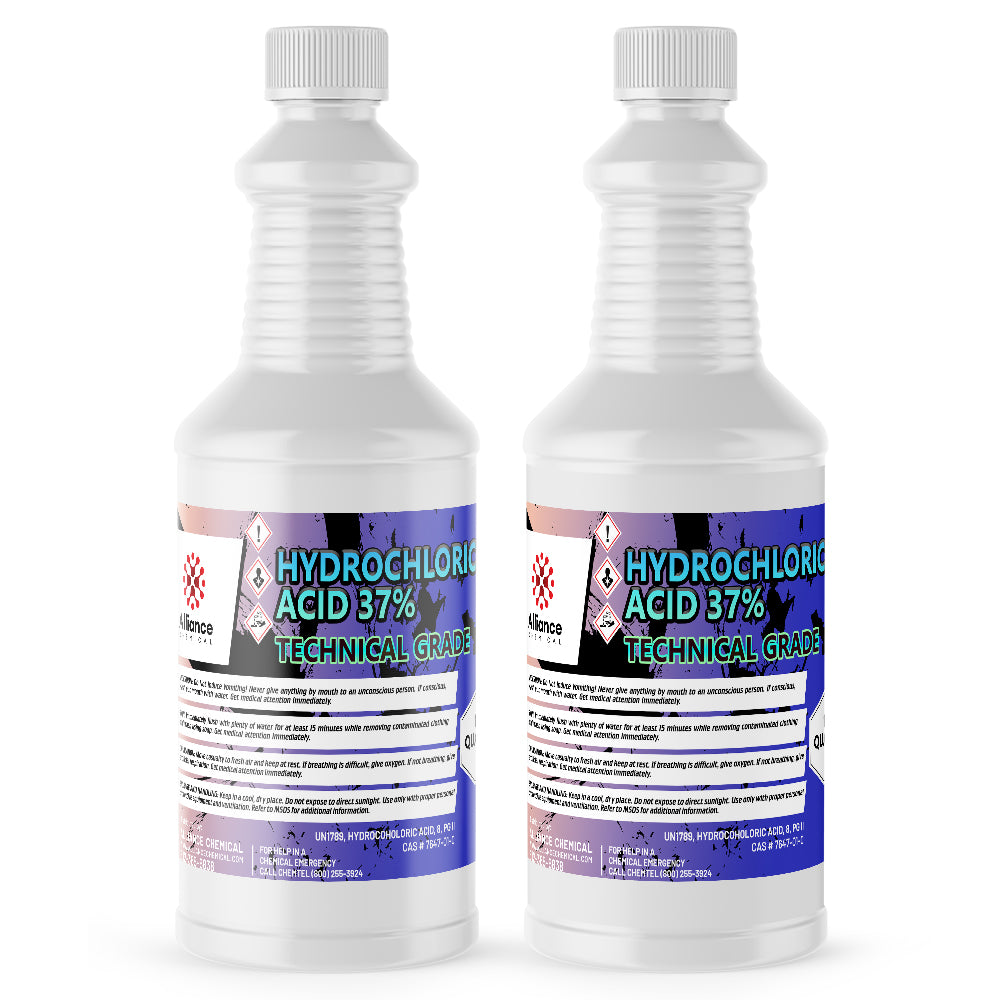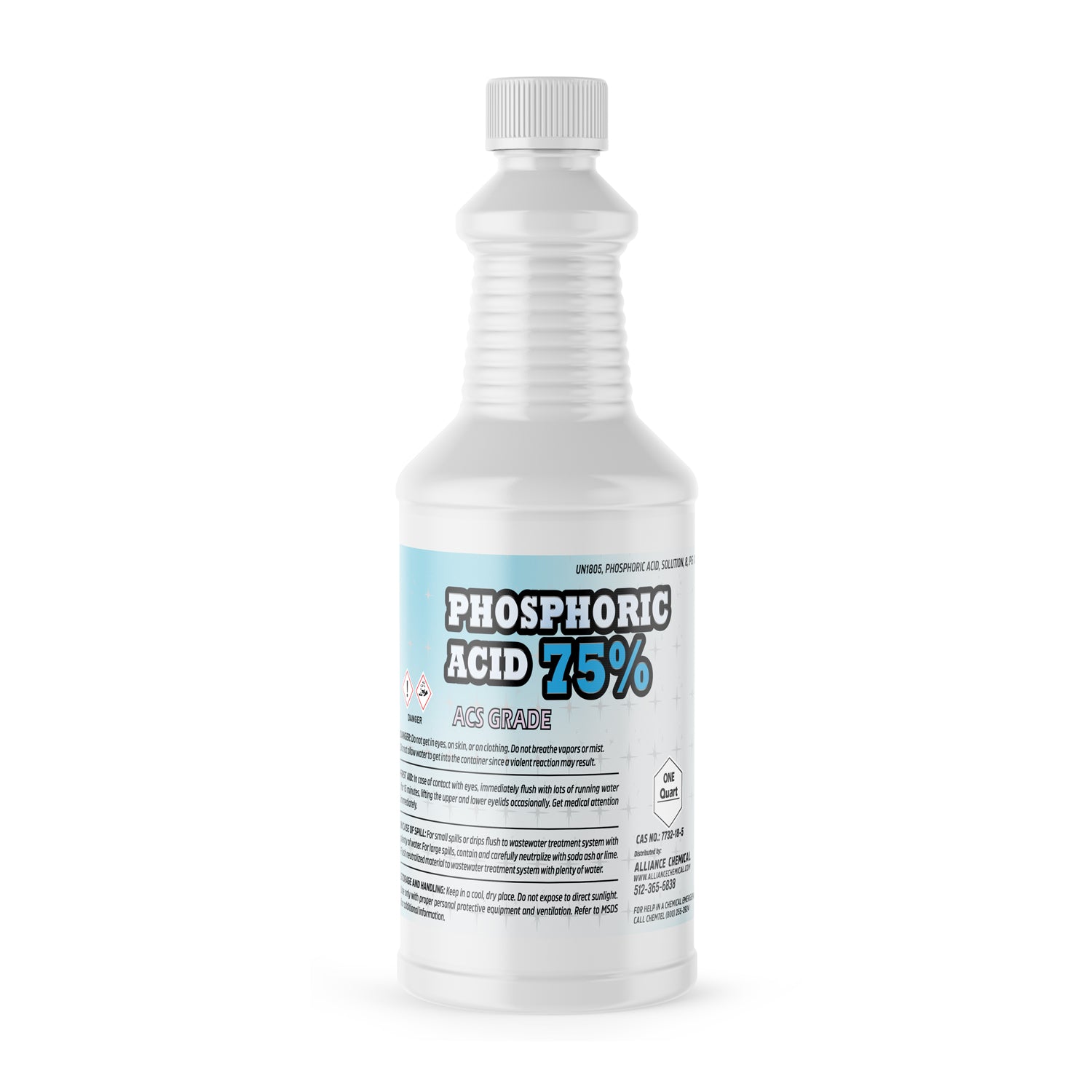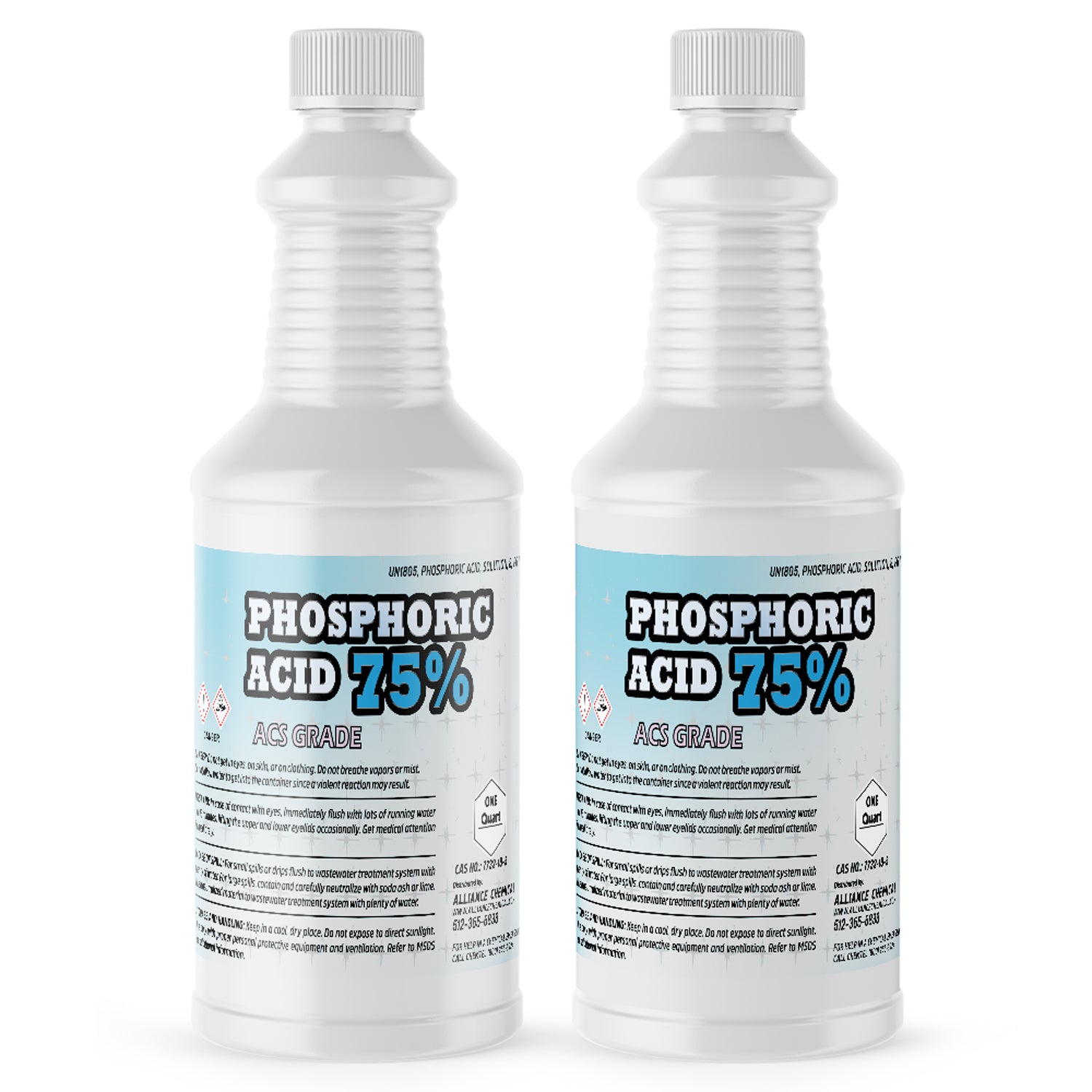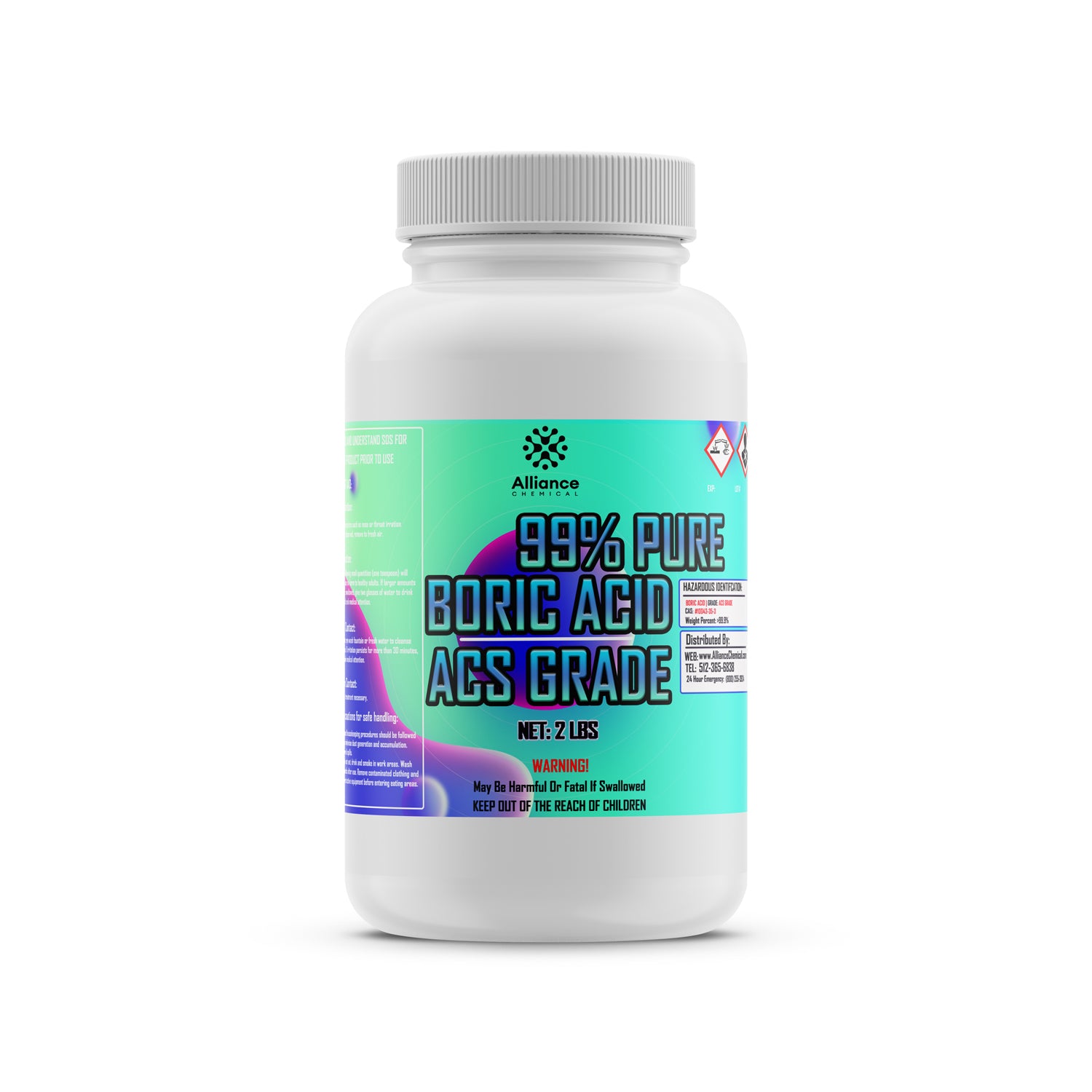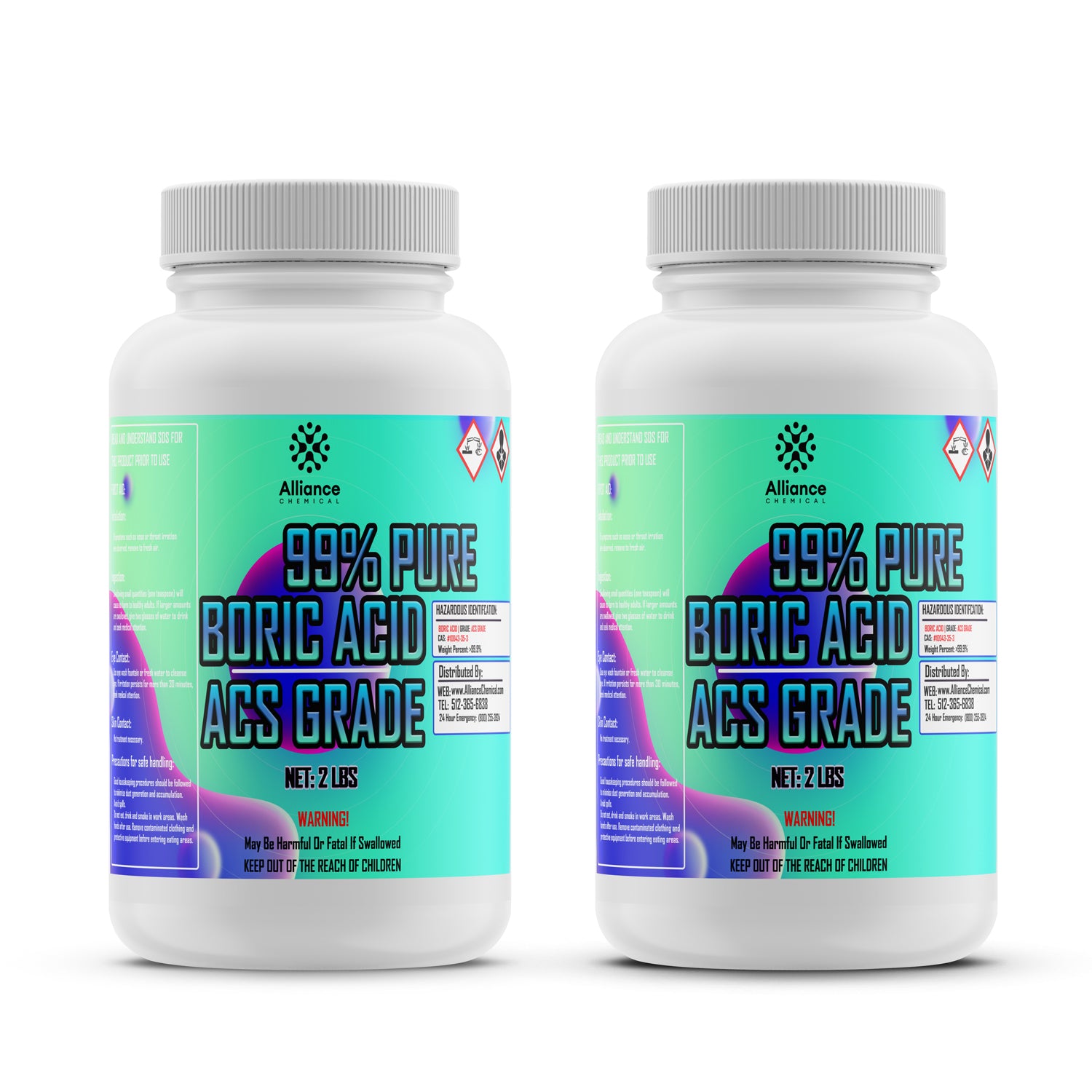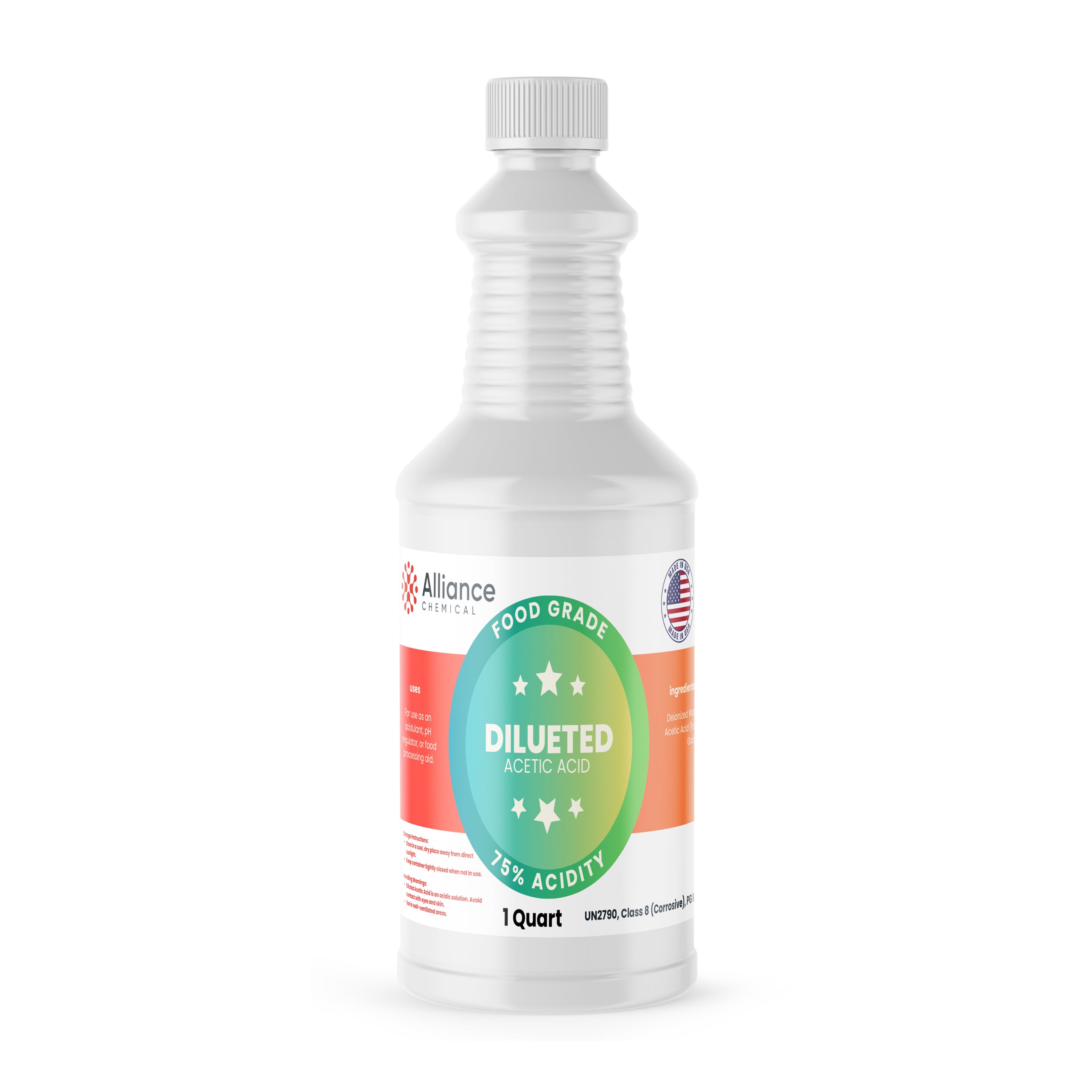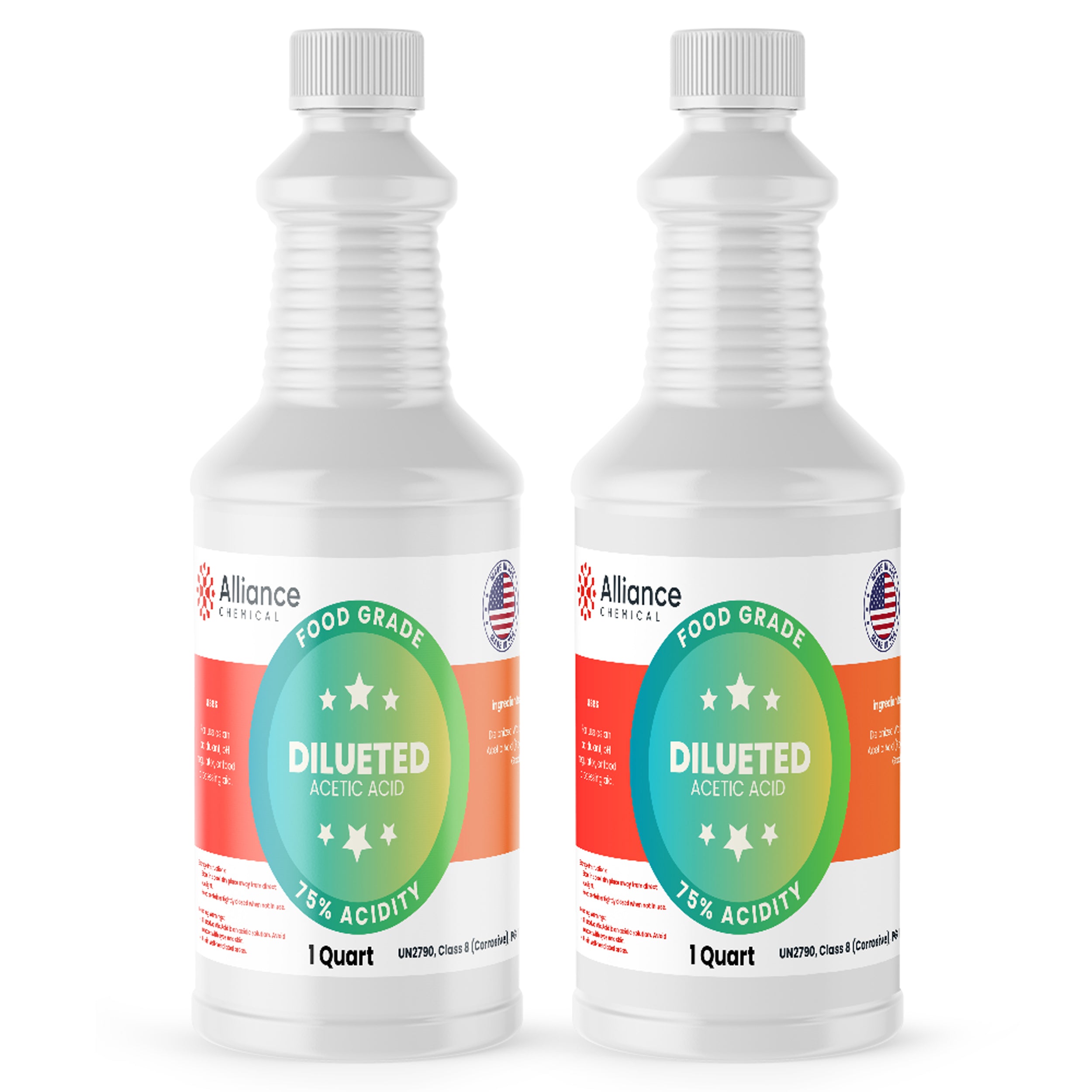Ask a question
Product Overview
Nitric Acid 70% ACS Grade - Low Particle (NITRIC_ACID_70_ACS_GRADE_LOW_PAR) is a high-purity, colorless to yellowish liquid with strong oxidizing properties, formulated for analytical and industrial applications demanding precise acidity and minimal particulate contamination. The ACS Grade specification ensures compliance with stringent reagents standards, including the ACS Reagent Grade and USP-NF Monograph criteria. With a 70% w/w concentration, this nitric acid delivers reliable catalytic and oxidative performance across demanding processes while maintaining controlled particle levels to reduce interference in analytical measurements. The product is manufactured under controlled conditions to preserve stability, minimize impurities, and support repeatable results in methods such as titration-based assays and chromatographic analyses. Its low particle content makes it particularly suitable for HPLC mobile phases, sample preparation, and other precision-dependent workflows in both research and production environments.
Typical analytical and industrial uses take advantage of its documented oxidizing strength, compatibility with strong acids, and well-defined spec parameters. The liquid is stable under proper storage and handling, supports consistent formulation in process streams, and aligns with industry standards for traceability and quality control. This product is appropriate for laboratories requiring ACS-grade reagents, while offering the technical performance needed for both routine and demanding applications in chemical synthesis, materials processing, and environmental testing.
Key Properties
- Assay (wt%): 69–71% (typical 70%) – Test method: Titration with standardized NaOH
- Color (APHA): max 10 (typical 5) – Test method: APHA/Hazen visual comparison
- Specific Gravity (20°C): min 1.41, max 1.43 (typical 1.42) – Test method: Hydrometer or pycnometer at 20°C
- Residue After Ignition: max 0.01% (typical 0.001%) – Test method: Gravimetric analysis after ignition
- Chloride: max 0.5 ppm (typical 0.2) – Test method: ICP-OES
- Nitrate NO3: max 50 ppm (typical 20) – Test method: IC or IC-ICP-MS
- Ammonium NH4: max 2 ppm (typical 0.5) – Test method: IC
- Sulfate SO4: max 2 ppm (typical 0.5) – Test method: IC
- Phosphate PO4: max 2 ppm (typical 0.5) – Test method: IC
- Arsenic As: max 0.01 ppm (typical 0.005) – Test method: ICP-MS
- Iron Fe: max 0.2 ppm (typical 0.05) – Test method: ICP-OES or ICP-MS
- Calcium Ca: max 3 ppm (typical 3) – Test method: ICP-OES
Common Applications
- HPLC Mobile Phase: Industry-standard component for reversed-phase chromatography, enabling robust separation of organic analytes with controlled acidity and minimal particulate interference.
- Oxidizing Agent: Used in chemical syntheses and reactions requiring strong oxidizing conditions, suitable for oxidative digestion and sample preparation workflows.
- Etching Agent: Employed in the electronics and semiconductor sectors for silicon wafer etching processes under controlled conditions to achieve precise material removal.
- Nitrate Production: Serves as a precursor in fertilizer manufacturing and other nitrate synthesis pathways, supporting consistent process chemistry.
- Water Treatment: Applied in pH adjustment and impurity management in treatment facilities, contributing to process control and compliance.
Safety Precautions
Handle with extreme care in a well-ventilated area, using appropriate PPE (chemical-resistant gloves, splash goggles/face shield, lab coat or apron). Store in a cool, dry, ventilated location away from incompatibles, in containers made of HDPE or glass to minimize container-material interactions. Ensure segregation from bases and organic materials; prevent accumulation of vapors in confined spaces and provide effective exhaust at points of use. Maintain compatibility with compatible materials such as corrosion-resistant containment and corrosion-resistant process equipment to reduce risk of container degradation.
Implement standard emergency procedures: in case of skin or eye contact, rinse with plenty of water for at least 15 minutes and seek immediate medical attention. Inhalation requires moving to fresh air and medical evaluation if symptoms persist. If swallowed, do not induce vomiting; rinse mouth and contact a poison control center or physician. Have appropriate spill response materials on hand and follow established SDS guidelines for nitric acid, including notifying relevant safety personnel and adhering to regulatory reporting requirements.
Benefits
✔ High Purity ACS Grade – Meets ACS Reagent Grade criteria and USP-NF Monograph expectations, ensuring compatibility with analytical and pharmaceutical workflows.
✔ Low Particle Content – Reduces interference in sensitive analyses and chromatographic separations, improving measurement accuracy and reproducibility.
| Property | Value |
|---|---|
| Molecular Weight | 63.01 g/mol |
| Formula | HNO3 |
| Assay | 70% |
| Grade | ACS |
| Form | Liquid |
| Solubility | Soluble in water |
| Appearance | Colorless to pale yellow liquid |
| Melting Point | -42 °C |
| Boiling Point | 83 °C |
| Specific Gravity | 1.42 |
| Industry | Industrial, Environmental, Government, Healthcare |
Compare Products
| Price |
|---|
| SKU |
| Rating |
| Discount |
| Vendor |
| Tags |
| Weight |
| Stock |
| Short Description |

